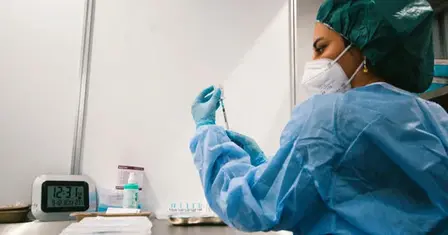T4K3.news
Gene edited islet cell transplant cures type 1 diabetes in Sweden
A 42 year old man in Sweden was cured of type 1 diabetes after a first of its kind islet cell transplant using CRISPR edited cells doctors report
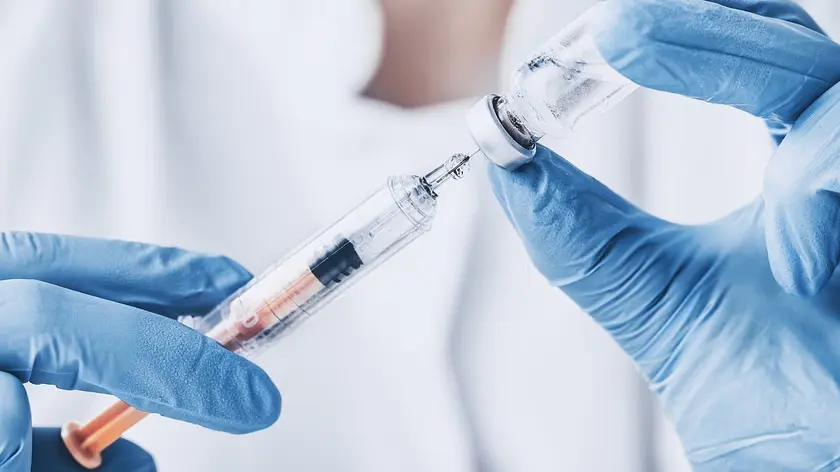
A Sweden case shows a new way to treat type 1 diabetes using CRISPR edited cells, signaling potential but raising questions about cost and safety.
Gene edited islet cell transplant cures type 1 diabetes in Sweden
A 42 year old man from Sweden who was diagnosed with type 1 diabetes at age five received an islet cell transplant that used cells engineered to resist rejection. The procedure involved injecting engineered islet cells into the forearm muscle. Within three months the patient’s body began producing insulin on its own, removing the need for daily insulin injections.
This result is notable because the cells were edited with CRISPR to match his immune system, potentially avoiding the need for immunosuppressant drugs. The donor was living. The estimated cost is about 100 thousand dollars. Islet cell transplants have occurred in a small number of patients before, but this is the first time CRISPR edited cells were used. In a related case, Marlaina Goedel, 30, was described as diabetes-free within weeks after a deceased donor transplant, though she initially required immunosuppression.
Key Takeaways
"The cure must reach all who need it"
access and equity
"Editing cells to outsmart the immune system feels like science fiction arriving"
tech progress
"A breakthrough raises hope yet requires long term safety data"
safety and durability
"Cost will shape who can access this therapy"
policy and affordability
The breakthrough shows how gene editing and transplant science intersect with patient hope. If confirmed in more people, this approach could shift the cost and logistics of diabetes care, but affordability will be a key test.
Skeptics will want long term safety data, the possibility of off target edits, and the challenge of scaling such therapies. The report also raises questions about access and who will pay for a therapy that costs around 100k per patient.
Highlights
- A cure must be affordable for all not just a few
- Editing cells to outsmart the immune system feels like science fiction arriving
- Breakthroughs move fast but patients count on long term safety
- The price tag will decide who benefits
Financial and ethical concerns surround breakthrough islet cell transplant
The report notes a high cost of around 100 000 dollars per patient and raises questions about who will pay and how many patients can access this therapy. It also highlights safety and regulatory uncertainties and the broader implications of gene edited cell therapies.
The medical ledger will judge whether this breakthrough becomes widely available
Enjoyed this? Let your friends know!
Related News
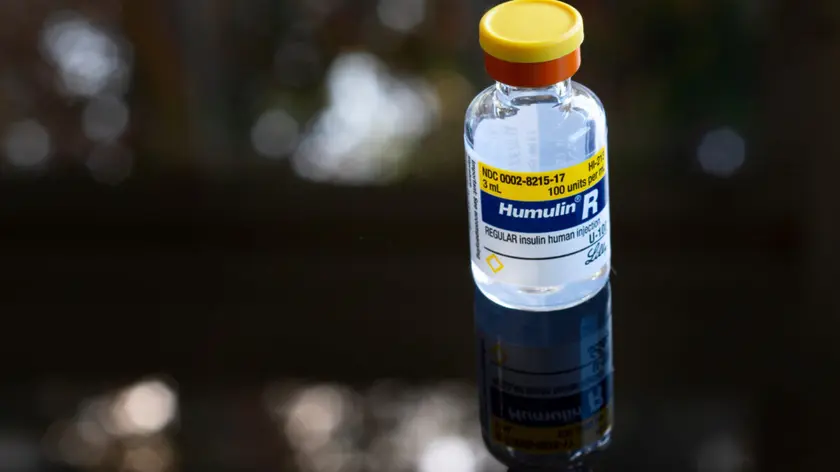
Gene edited cells enable insulin production without immunosuppressants

Breakthrough CRISPR diabetes therapy shows early success
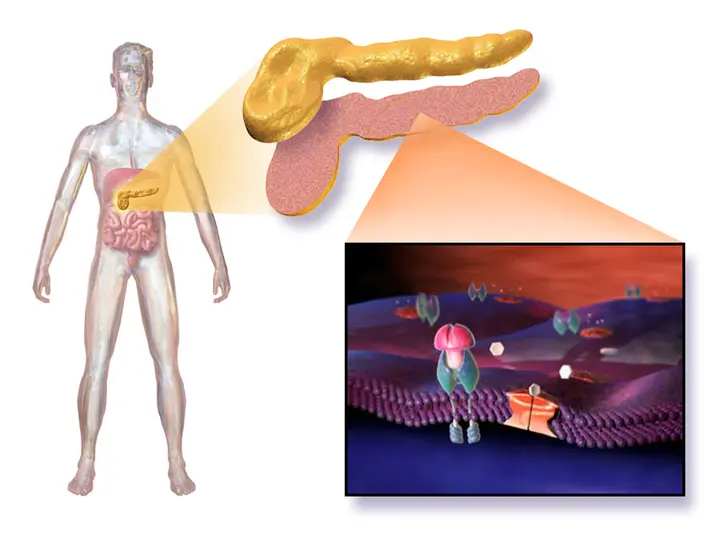
First gene-edited islet transplant succeeds
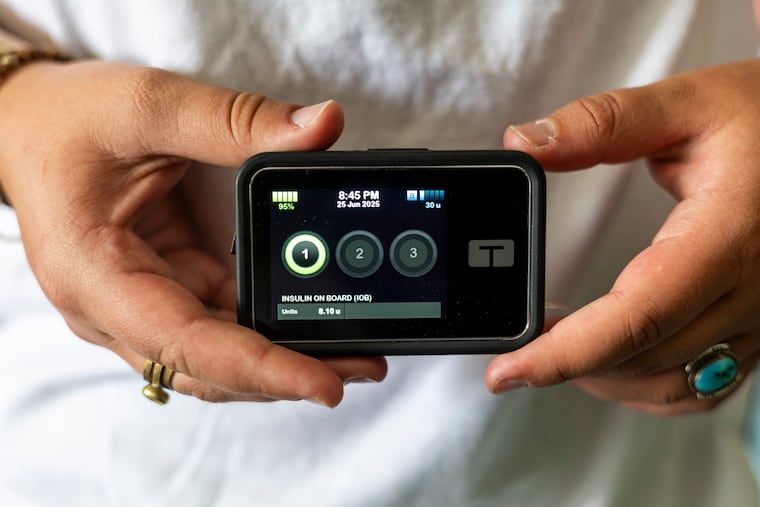
Study shows promise for type 1 diabetes treatment
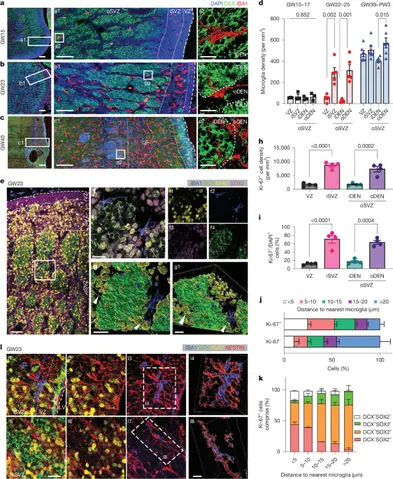
Study reveals microglia regulate GABAergic neurogenesis

New diabetes variant discovery could alter treatment
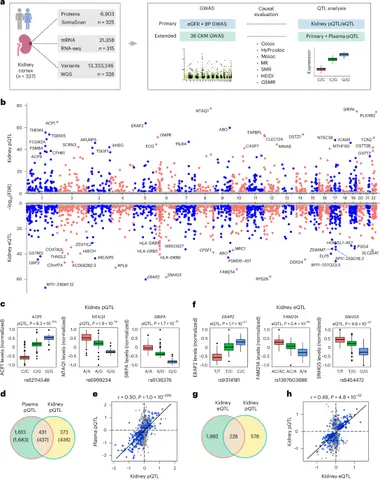
Kidney Proteomics Maps New Targets for CKM health

UK licenses teplizumab to delay type 1 diabetes onset
